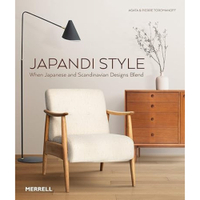10 essential Japandi living room design tips to create a sense of calm and restfulness
Choose simple furniture, neutral colors, considered accessories, soft lighting to achieve this on-trend Japandi look
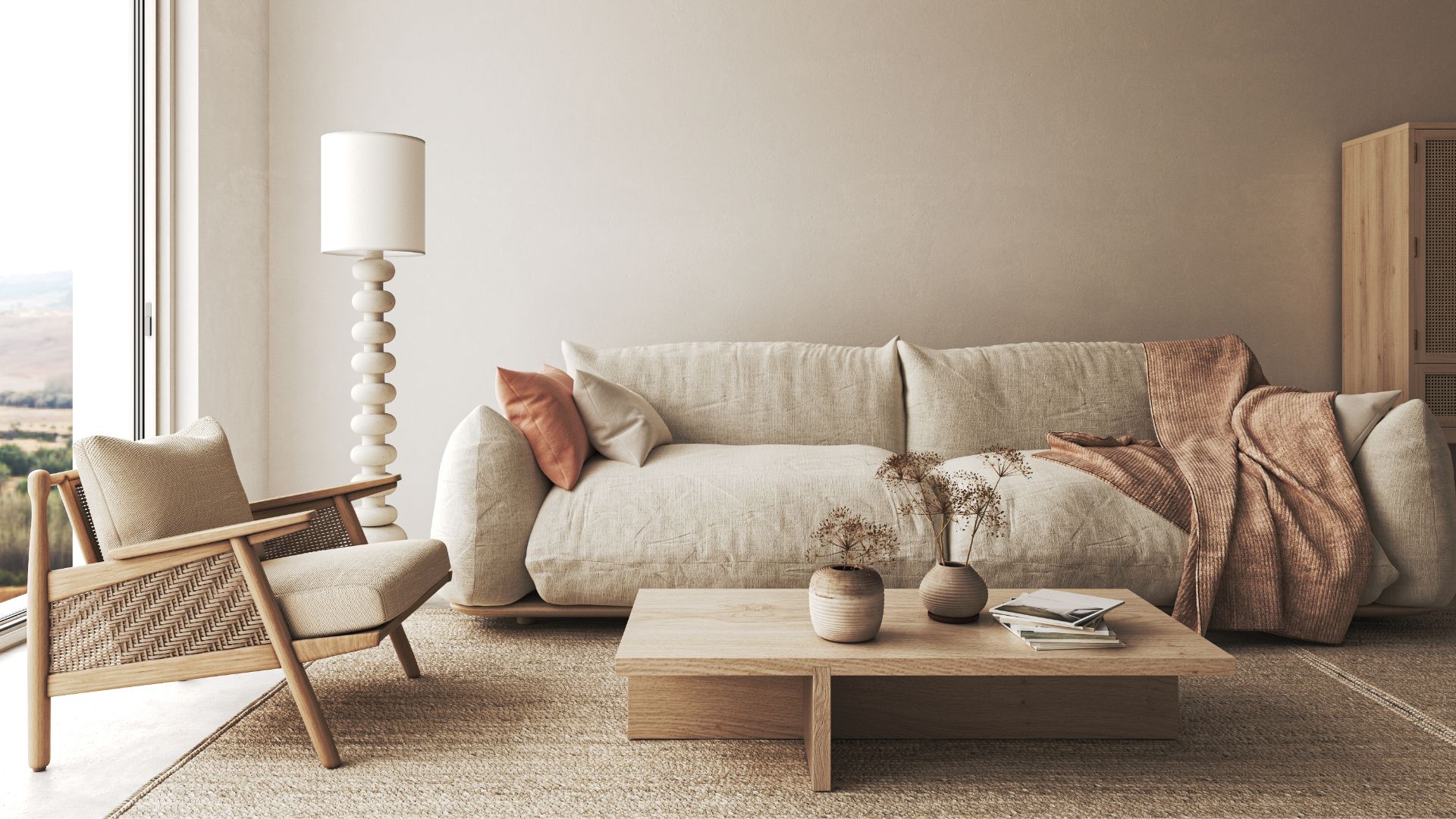

Emily Smith
Incorporating Japandi living room ideas into your space is the perfect way to achieve style and serenity. Combining Japanese minimalism and Scandinavian comfort makes for a timeless, relaxing home decor trend known as Japandi.
Choosing the Japandi style can introduce a new peaceful way of living in your home, the trend’s aesthetic immediately creates a sense of rest and relaxation. Whilst the look is on the minimalist side, the Scandi influence brings in that warmth and cosy feel which keeps your room homely.
Similar to how Japandi bedroom ideas can transform your space, using these easy and simple Japandi living room ideas will have you wishing you’d taken the plunge sooner.
10 inspirational Japandi living room ideas
With increasingly busy lives, where work and home life balance is constantly shifting, creating an aesthetic that combines Scandinavian warmth and comfort with the Japanese theory of ‘wabi-sabi’ where nothing should be too polished, is the perfect solution to decorate the central hub of our homes – the living room.
"Creating a Japandi living room is about choosing a few carefully selected pieces of furniture and using calm and neutral tones, says Kristina Dam, Design Director of Broste Copenhagen.
"Look for natural materials such as wood, steel, marble, and stoneware. Apply a geometric way of placing furniture so the overall look is easy for the eye to absorb. Simple ceramics such as vases or bowls and gathering them in groups make a calming expression. Large plants help to add scale to a living room too."
It's everything we love about the minimaluxe trend and more, the harmony of form and function is perfect for the modern home.
Sign up to our free daily email for the latest royal and entertainment news, interesting opinion, expert advice on styling and beauty trends, and no-nonsense guides to the health and wellness questions you want answered.
1. Seek rounded shapes for furniture
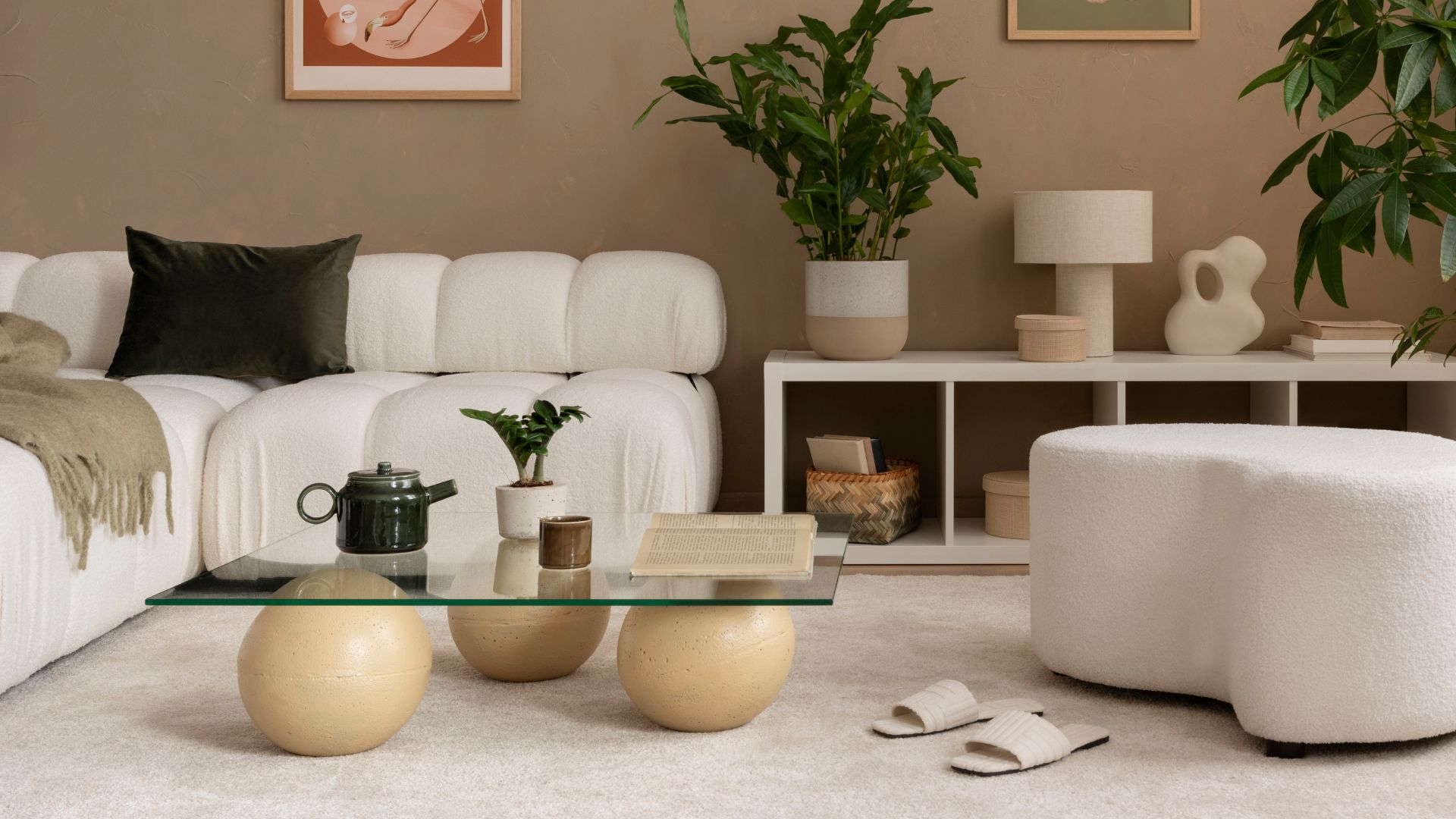
Curved furniture is instantly soothing, there are no hard edges, just fluid shapes that look comfortable and inviting. Especially when they are in tactile materials like brushed cotton, velvet, or on-trend boucle. Curved sofas tend to be bigger so you feel enveloped and secure when sitting in them with plenty of room for the family to lounge too.
"Japandi style blends Scandinavian minimalism with Japanese elegance, often featuring furniture with smooth, rounded shapes and a focus on tactile, natural materials like wood, linen, and wool," explains an interior designer at Fantastic Services, Violate Stoyanova.
She explains that curved furniture, such as round tables, chairs with soft edges, or circular sofas, adds a welcoming feel. Just make sure to avoid all the living room design mistakes like pushing your sofas against the wall, this will quickly undo all the cohesiveness in your room.
She adds, "Why does it work? The rounded, soft shapes balance the minimalist, functional approach with a touch of warmth and serenity, typical of both Japanese and Scandinavian design."
2. Adopt a calming color palette
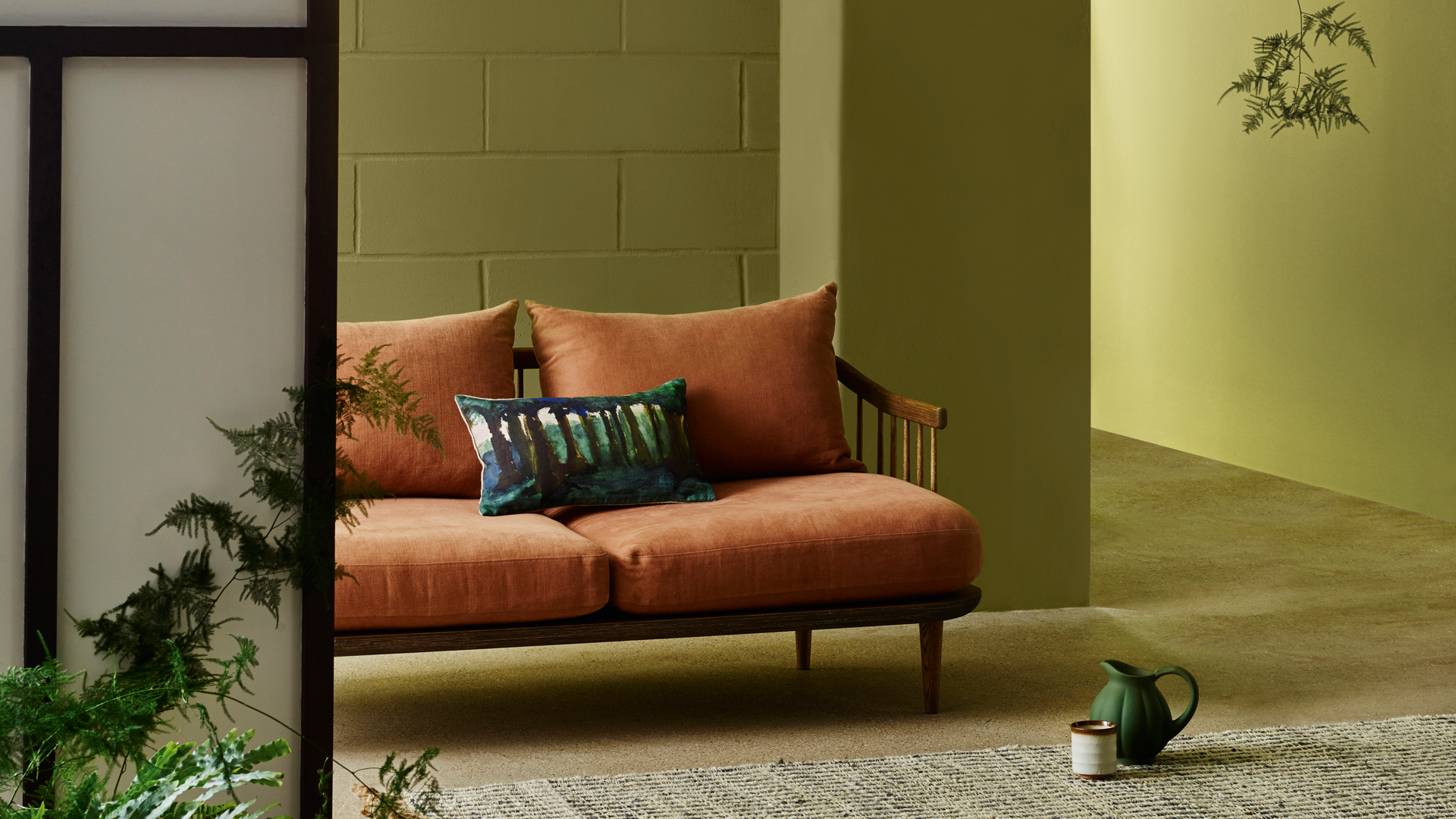
Khaki Twist and Gentle Olive, Matt Emulsion by Crown Paints
The key to achieving the Japandi aesthetic for your living room lies in creating a cohesive colour scheme – using the best living room paint colours that harmonize with soft furnishings and accessories to create a serene space that feels inviting and restful.
"To achieve the look in your own home, use a predominantly neutral palette to maximize the amount of natural light," says Raphael Le Berre of Le Berre Vevaud. "White walls and wooden floors are a good starting point."
Although the palette is primarily neutral, it also embraces nature, so green is a good colour to choose for accent pieces, as it's calming and can be introduced without overwhelming the space, or detracting from the serene vibe.
Soft sage green hues are a good choice for 'muddy' shades such as that of Soft Khaki or Gentle Olive by Crown, as all of these earthy green tones combine beautifully with beige or grey tones via upholstered furniture or accessories.
Look for warm wood tones with storage and sofas that are comfortable in muted colours, you want the space to be harmonious, not overpowered by bright or contrasting colours.
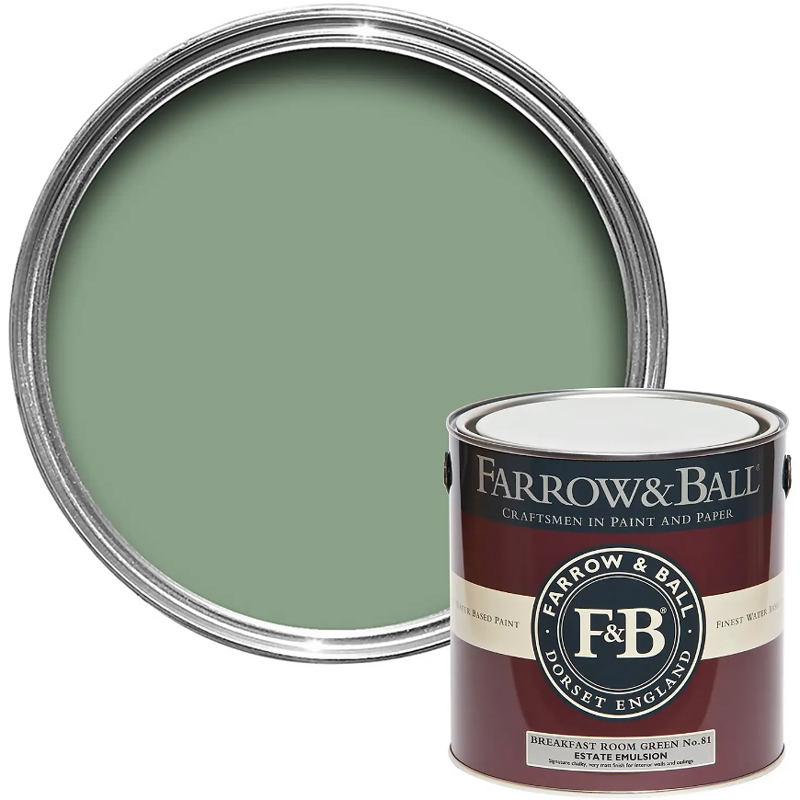
RRP: £56 | A vintage green that would really brighten up a living room, especially one that overlooks the garden. It’s vibrant like a spring meadow but has a softness that will create a sense of calm in a Japandi space.
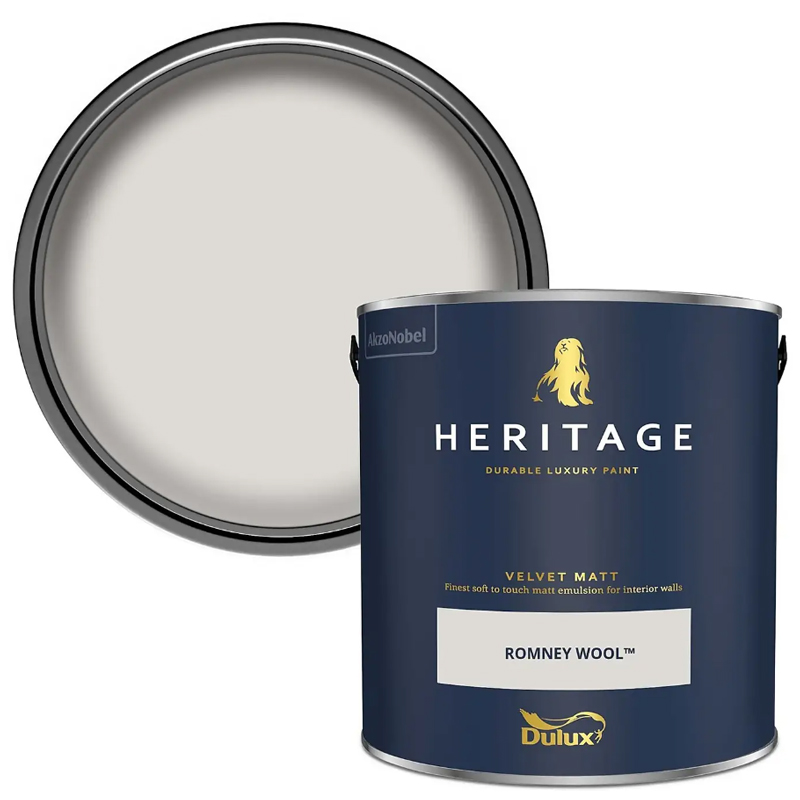
RRP: £44 | This white feels almost like the palest of pale greys, with a slight hint of sage in certain lights catering for those who would rather air on the side of cool than go creamy with white walls. But thanks to the balance of pigments this tone still offers a warm white finish.
3. Mix materials
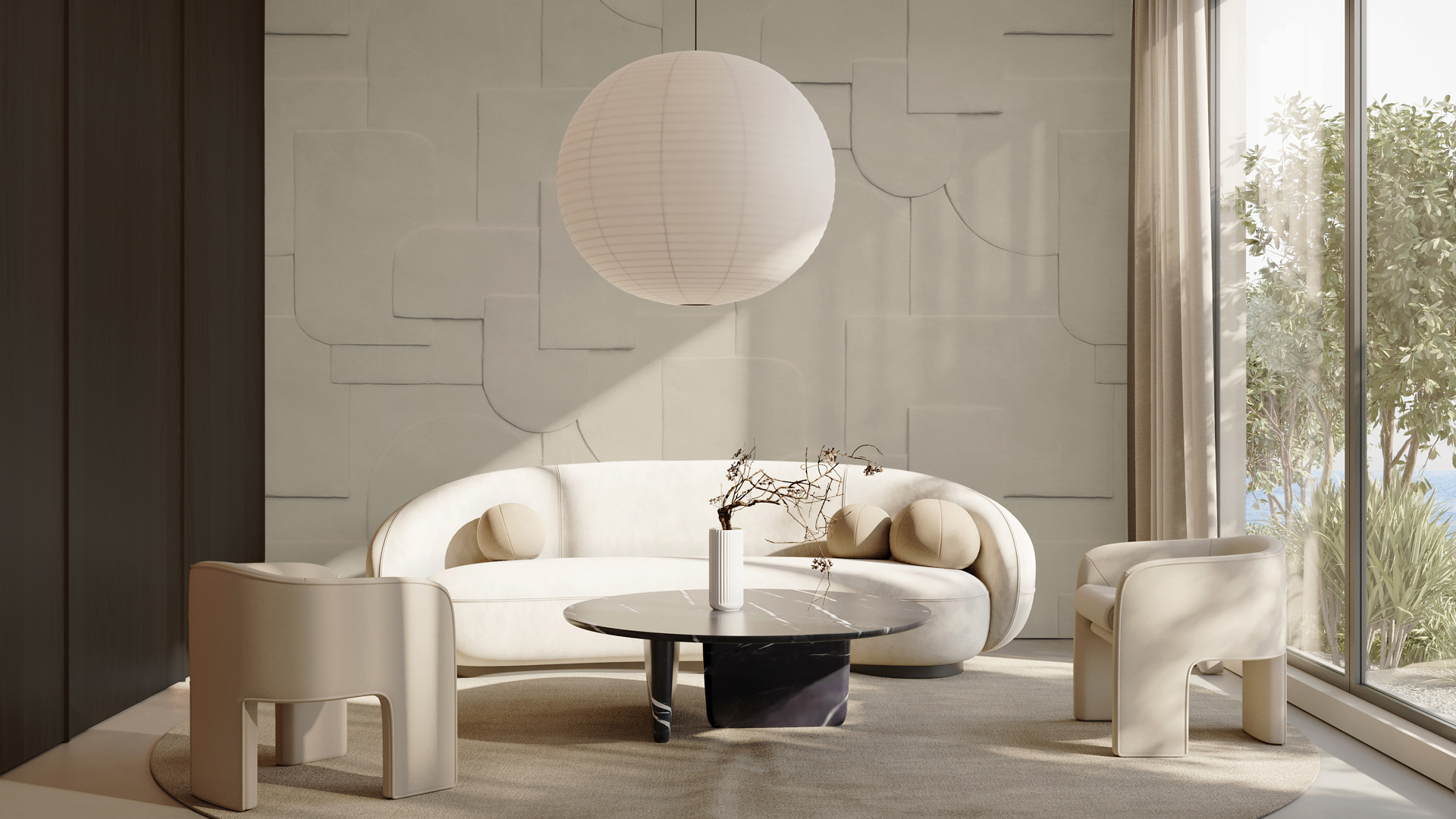
Natural materials are key to styling the Japandi aesthetic. "The main thing to think about is the mix of materials and textures, combined with a minimalistic point of view," says Ida Linde, Designer at Belarte Studio. "The combination of wood, ceramics, clay, and textiles creates a dynamic look even if the colours are mostly neutral."
"Contrast is added with darker shades of wood, or even black, and also by mixing soft and rough textures. Being minimalist is not just that you should have fewer things in your home but to really think about why you have certain pieces in your home, choose things you truly love and that also serve a function for you.
Japandi is about embracing imperfections, valuing craftsmanship, and being in tune with nature – it is as much about a mindset as a visual aesthetic."
It's good to keep in mind some of the best colour combinations for a living room, that way you can stick to a clear cohesive palette and focus more on choosing fun textures.
4. Incorporate paneling
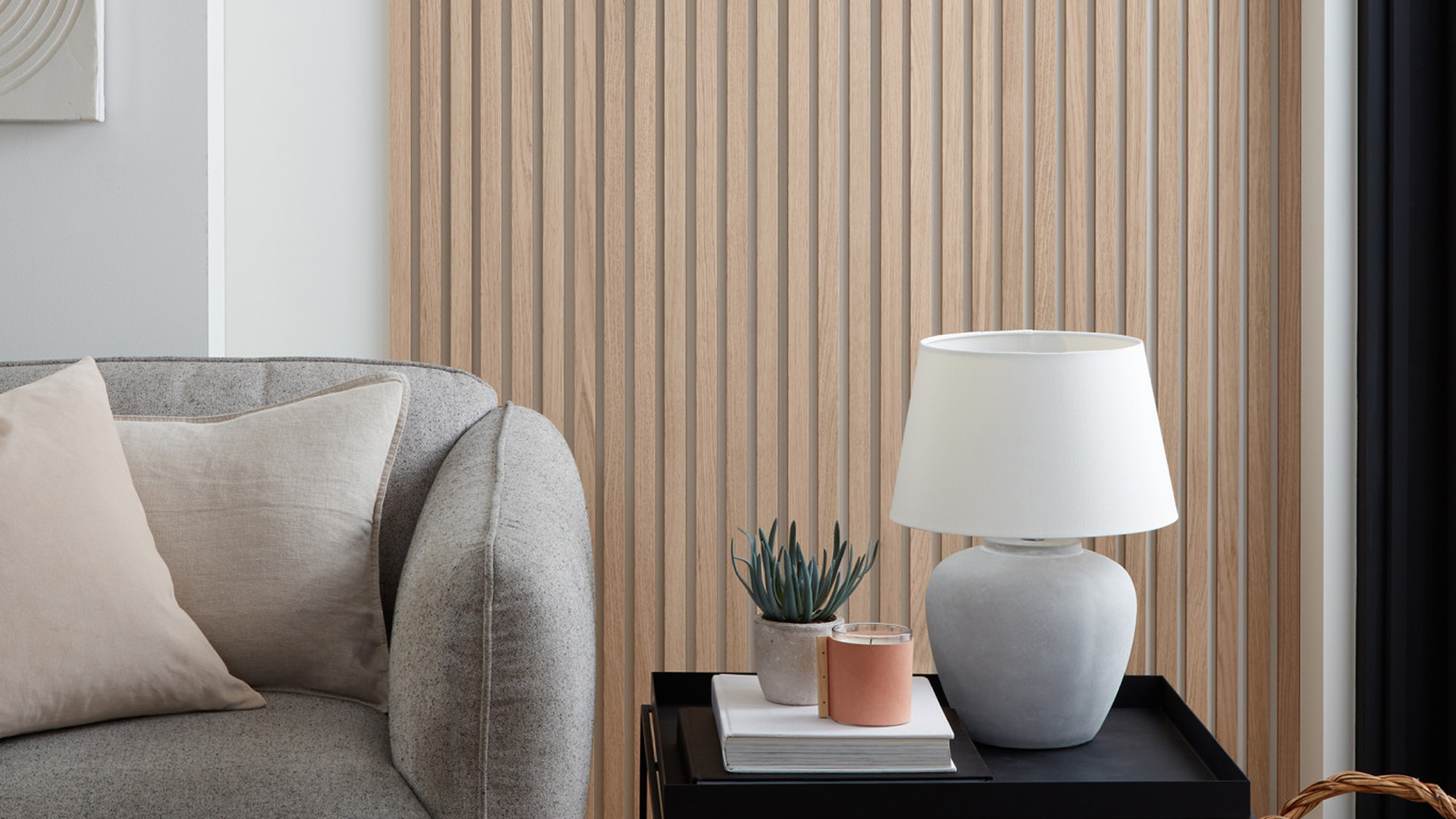
Individual Slat in Natural Oak by NatureWall
It's no coincidence that slatted wall panelling has become one of the biggest interior design trends in recent years, and that's because it’s the easiest contemporary way to welcome texture to Japandi living room walls. Wooden panelling is a great way of creating a feature wall and it will cover up a multitude of sins, including damaged walls, as long as they are flat of course.
Violeta says, "Wooden wall panelling is a popular feature in Japandi interiors, adding texture and warmth to the minimalist design. Light, natural woods like oak or ash are commonly used to create subtle wall features or statement pieces."
"The natural wood aligns with the Japandi ethos of bringing nature into the home, while the clean lines of the panelling keep the aesthetic sleek and uncluttered," she adds.
And it doesn't only mean cladding walls in wood, you can introduce the look with statement furniture pieces too. The front of a sideboard or storage unit with wooden cladding offers a textured finish that is reminiscent of a traditional tatami mat which is made from multi-layered rice straw and natural rush.
5. Choose low level furniture

Sitting on the floor is a traditional part of Japanese living, offering a comfortable way of relaxing. To create a more westernized approach choose low furniture that sits closer to the ground. Instead of a tatami mat, choose a chunky rug and add plenty of floor cushions to layer tactile textures to give the setting extra comfort.
"For the decor, choose low-level pieces to bring a sense of serenity to the space with rounded and curved lines, making the room feel more fluid and giving a sense of ease to everyday life," advises Raphael.
Use texture and pattern to bring in the Scandi aspect of comfort. Choose round-shaped furniture and accessories in cane and woven rattan to keep the Japandi look relevant – circles are significant in Japanese culture as an expression of wholeness that lives deep in our beings.
Should you be lacking space then we'd recommend following rules for small living rooms, this way you'll be making the most of the room and not making it look any smaller.
6. Add decoration with abstract artwork

The use of artwork plays a key role in decorating Japandi living room walls, but the key is to ensure your chosen art captivates without distracting from the calming essence of the rest of the design elements.
"In Japandi interiors, abstract artwork is often understated yet impactful and neutral tones, minimalist lines, or organic shapes are common in artworks that complement the simple elegance of the space without overwhelming it," explains Violeta.
Choosing more abstract pieces adds a neutral artistic touch without making your space feel cluttered. She explains that this type of art will help maintain the minimalist feel, she says, "Keep in mind that they often emphasize the importance of balance and simplicity, key principles in both Japanese and Scandinavian design."
It's important to know where to hang artwork to maintain that balance and not overcrowd the wrong spots in your home.
Minimalist Japandi Wall Decor: £29.95 at Etsy
You don't have to be an art expert to fill your home with cohesive stunning pieces. It also doesn't have to cost hundreds of pounds. This three piece set from etsy is perfect for any Japandi space and will isntantly tie your room together and add those finishing touches.
7. Welcome stylish and functional room dividers

Room dividers are highly useful pieces of furniture and fundamental to traditional Japanese interiors. They are especially useful if you live in a loft apartment or a studio flat where you want to zone separate spaces such as the living and dining area or living room and bedroom – creating zones is also perfect for making a small living room feel bigger. Plus they don’t take up a lot of space, and usually fold so they can be placed out of the way when not needed.
"We have noticed Japandi style creeping into furniture design in recent seasons," says Tina Mahony, founder of Go Modern. "What people are looking for is flexible furniture that can be adapted to different uses, particularly since the pandemic, our perspectives about home have changed. We want home and the furniture in it to be both multifunctional and considered to improve our way of life and create tranquility. Japandi style is key to this way of thinking."
8. Focus on layered lighting
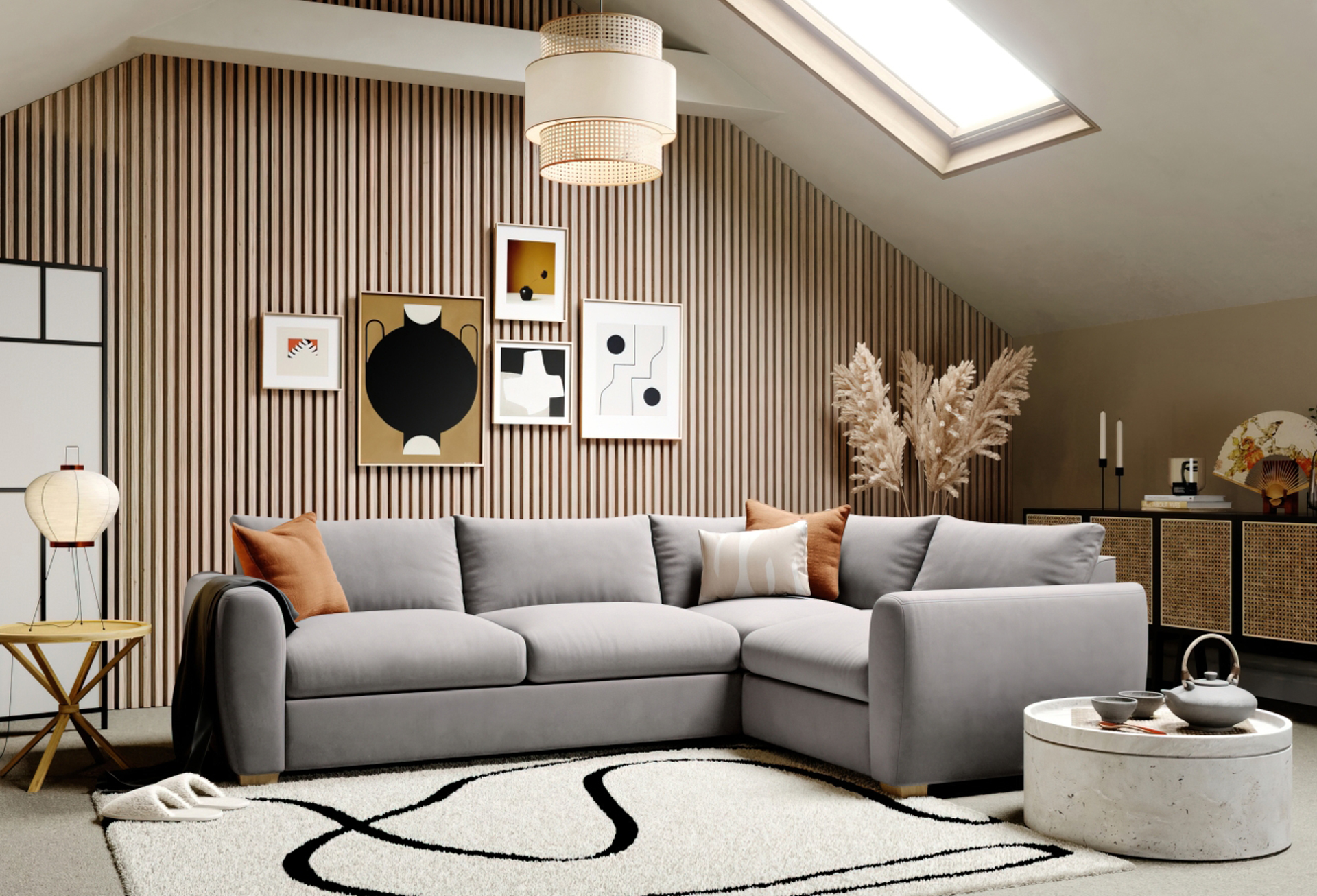
The Cloud Sundae Medium Corner Sofa in Warm Grey by Snug Sofas
Lighting is a key component of Japandi living room ideas, blending the mood lighting of Scandi interiors to combat those dark winters and cold northern light, and the Japanese aesthetic of soft lighting to create serenity and calm.
Given how living rooms play host to a multitude of purposes, from home working and entertaining to relaxing during leisure time therefore avoiding common lighting mistakes and implementing a layered lighting scheme is essential.
Creating pools of light makes the space feel cosy and warm, and places lights strategically to increase the sense of balance and flow. Seek lamps reminiscent of Japanese lanterns and reed lampshades to build on the natural theme and add organic shapes.
Another natural material that is key to the Japandi look is marble, a popular material for lamp bases to touch on the beauty of imperfections – because no marble surface is the same, so each design element is unique. Japandi influences have made their way in the most popular lighting trends recently and it's no surprise why
9. Introduce thoughtful window treatments
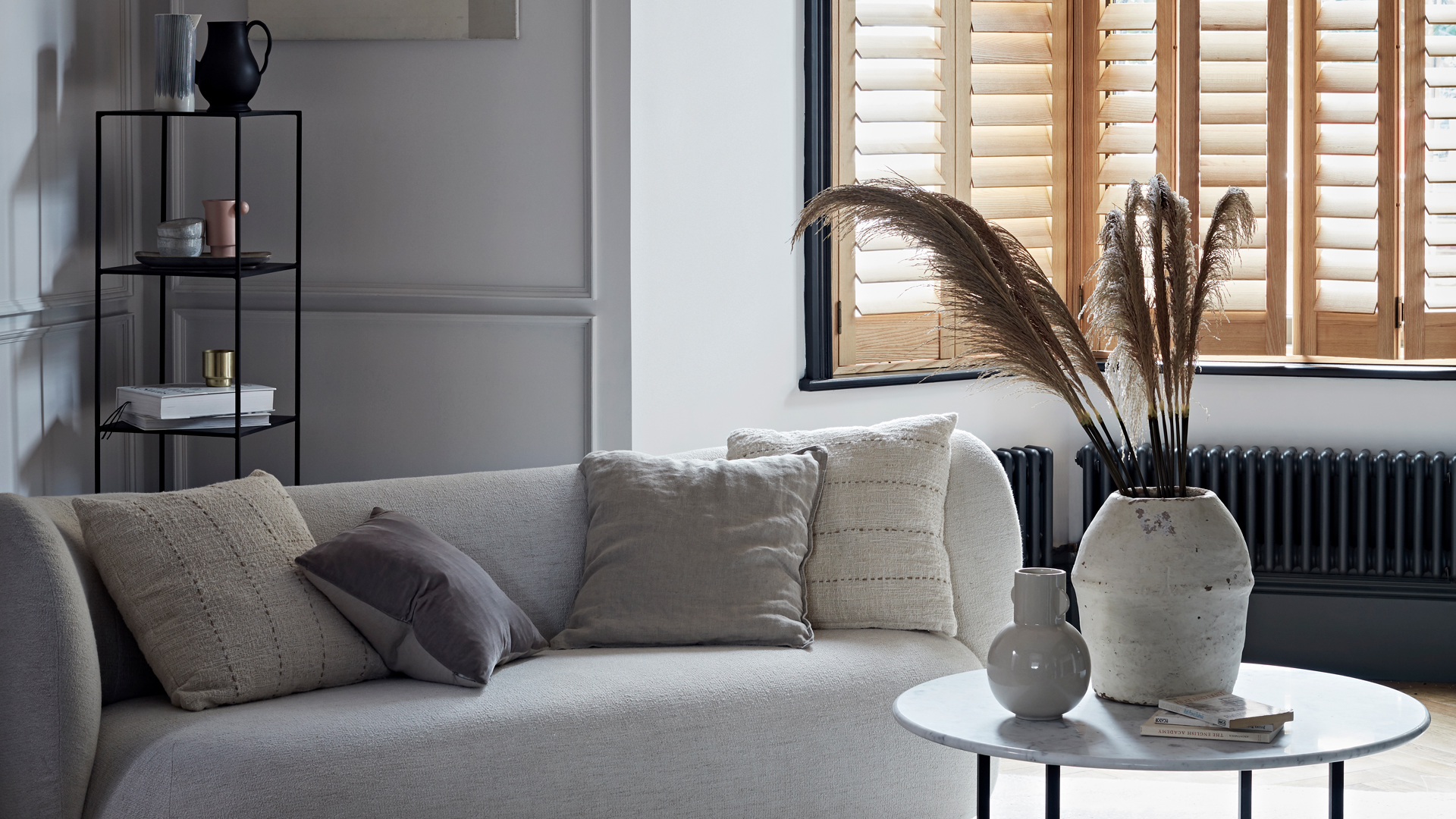
bespoke Hardwood Shutters by Shutterly Fabulous
Shutters are an ideal Japandi living room window treatment, welcoming touches of warmth through natural wood to add another dimension to the room. Wide slat shutters tap into the Japanese look perfectly – offering clean, unfussy lines that allow complete control of the light that can be filtered to suit.
Other options for softer window treatments are overlapping voile panels or pleated blinds, or if you prefer the look of curtains or blinds, make sure they are in natural fabrics, linens, or weaves, in plain neutral or mineral tones.
10. Touch on Japandi style with wallpaper
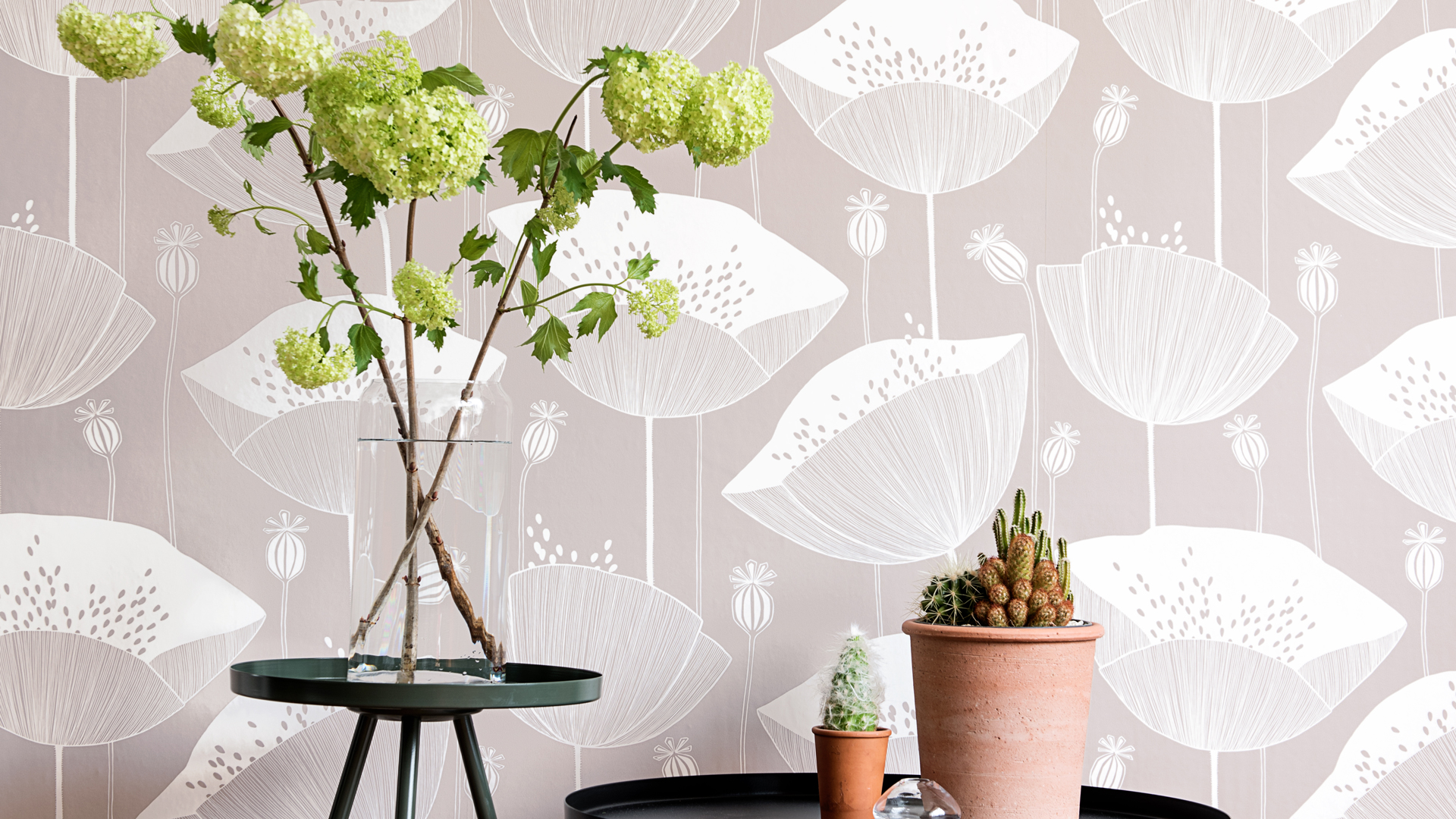
'Poppy' wallpaper in Mushroom by MissPrint
If you're keen to embrace the Japandi design trend but fear it feels a bit too stark for your own living room, think about introducing a Japanese-inspired wallpaper design in a neutral shade. "Adding a decorative wallpaper will add warmth to the space in a subtle but effective way," says Rebecca Drury, co-founder of Missprint.
"Although blossom is synonymous with Japan, there are poppy fields all over the country and this oversized design has a definite Japanese feel to it. Team it with simple black furniture and let the design shine."
Violeta explains, "Japandi-style wallpaper often features neutral tones, subtle textures, or organic patterns inspired by nature (such as bamboo, simple florals, or geometric designs). The focus is on harmony with the room’s natural materials and a calm, serene ambience."
This type of wallpaper is great for adding subtle depth to the wall without taking away from the minimalist aesthetic. She says that using wallpaper to provide texture and visual interest like this will also maintain the calm and natural vibe which is central to the style. If you're struggling to choose look to the latest wallpaper trends to inspire your chosen design.
How do you create a Japandi living room?
"Japandi style or Wabi-Sabi is set in biophilic design, aiming to bring elements of nature into your home for a welcome respite from the chaos of the modern world," says Luli Farrell, founder of Abi Interiors. "Think eco-friendly and sustainable."
"Japandi interiors mean natural materials – wood, ceramics, linen, and stone. Colour is just as important as material when considering your overall design aesthetic. Feel grounded with a Wabi-Sabi colour palette that embodies the earth – neutrals, shades of brown, and green. Brass, copper, and bronze are popular materials that complement the Japandi design style perfectly."
Japandi Style: When Japanese and Scandinavian Designs Blend by Agata Toromanoff: £18.99 at Amazon
Still needing more inspiration? This book has all the help you'll need with page after page of advice for how to transform each room in your home into a Japandi-haven.
Once you've achieved true peace in your living room decorating why not create a japandi kitchen? Your usually stressful dinner nights will instead be filled with welcoming muted tones and useful yet stylish storage.

Alison Davidson has been working as an interiors and lifestyle journalist for over 30 years. She has been Homes and Gardens Editor of Woman & Home magazine and Interiors Editor of House Beautiful magazine, she has also freelanced and worked for most of the interiors magazines at one time or another. She is currently embracing the move to digital using the same knowledge and expertise to produce high quality features for an online audience.
- Emily SmithDigital lifestyle writer


